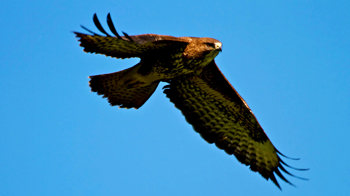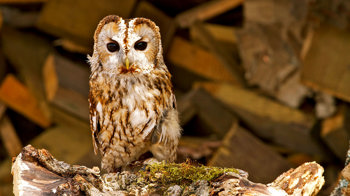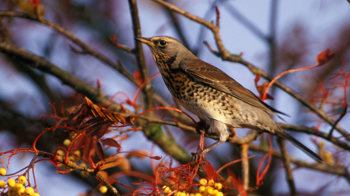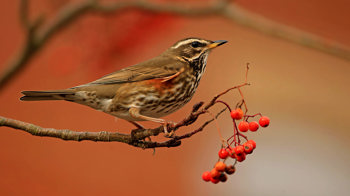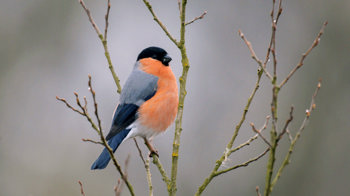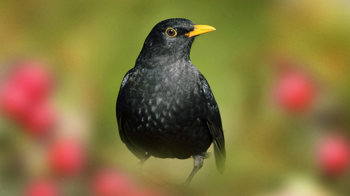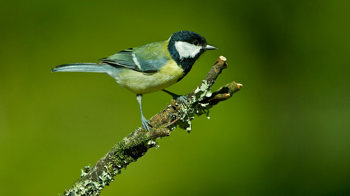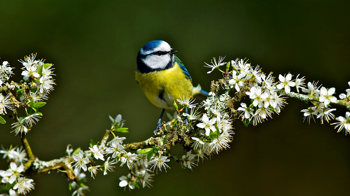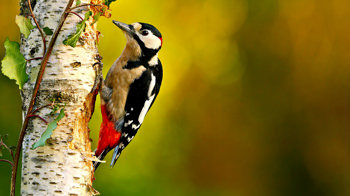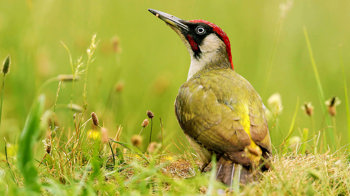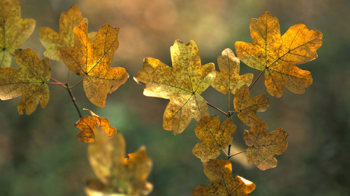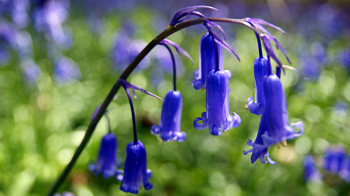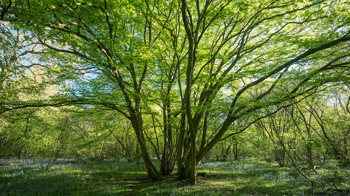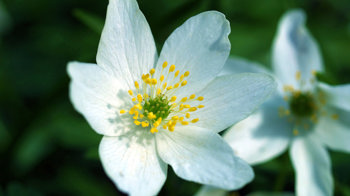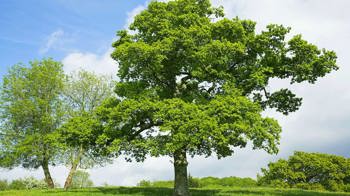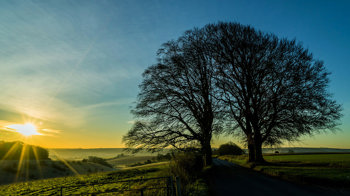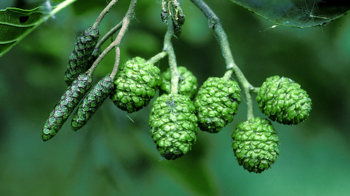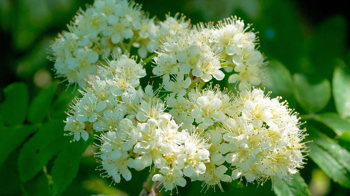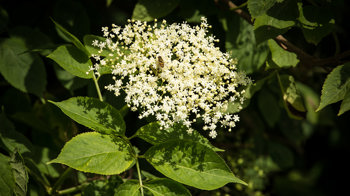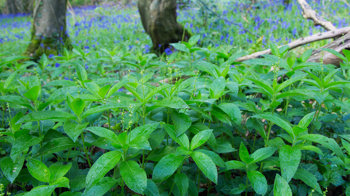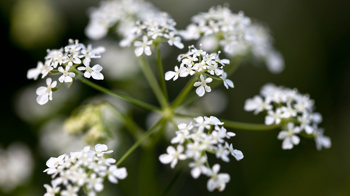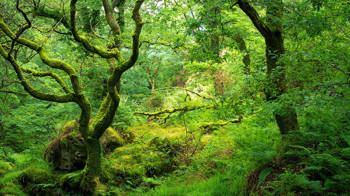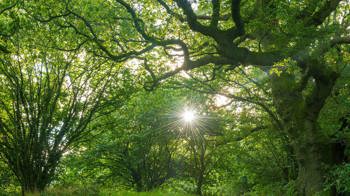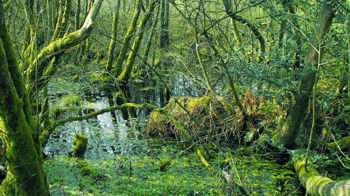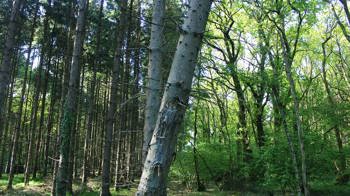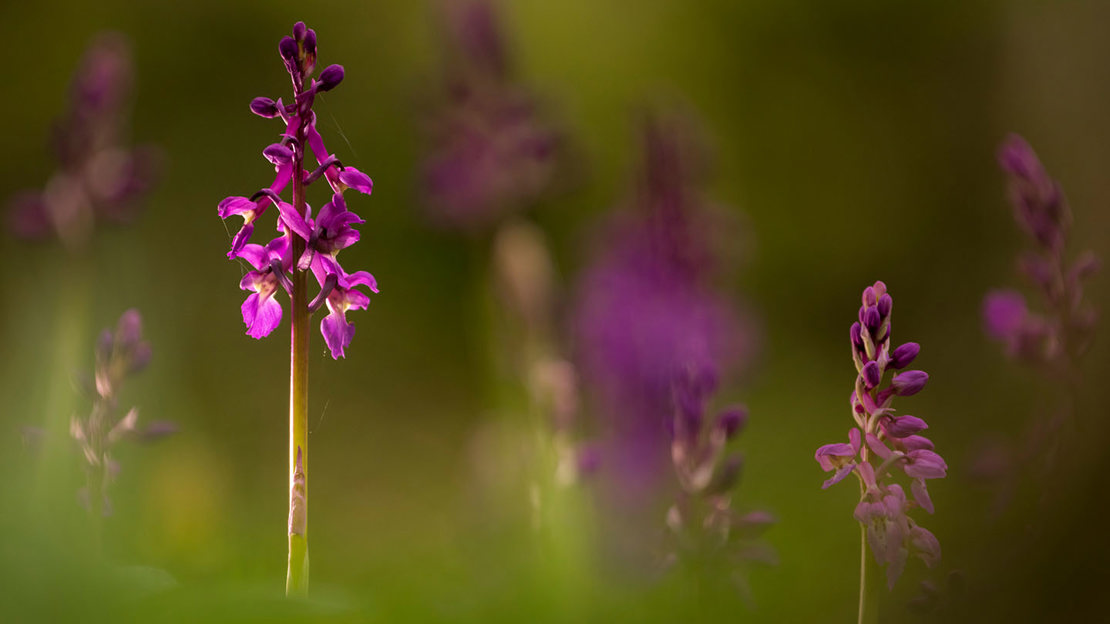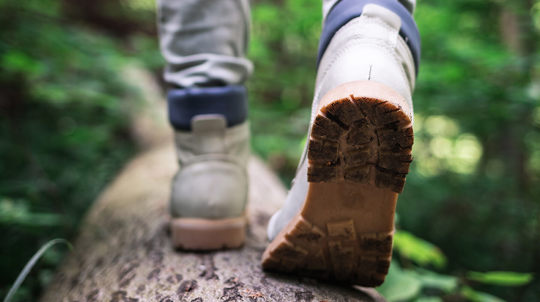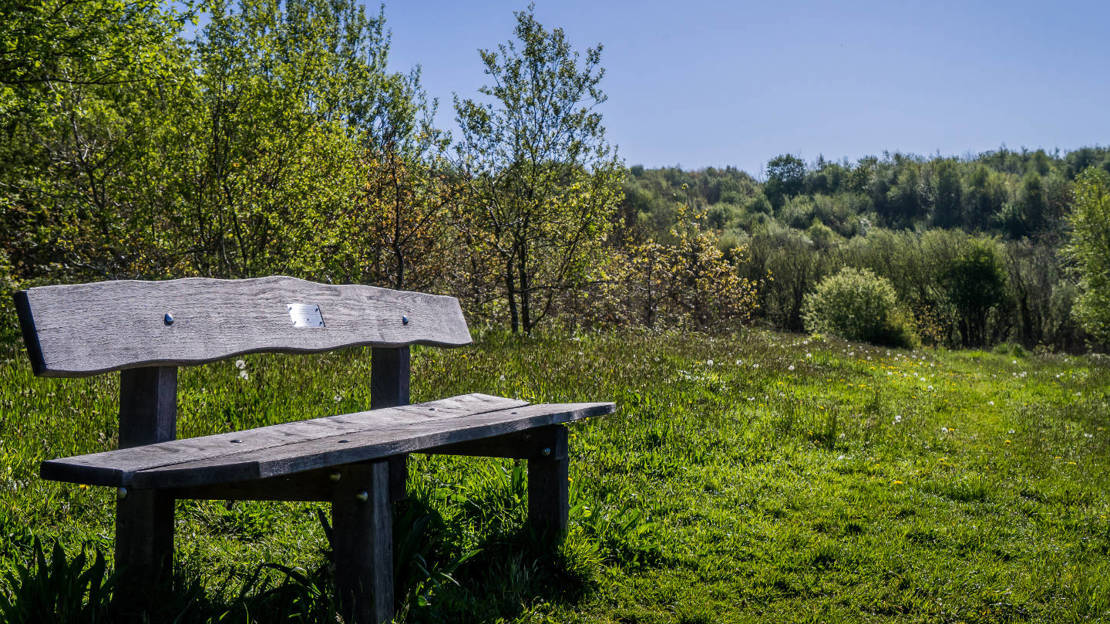The main access point is from the car park off Heather Lane, between the villages of Heather and Normanton le Heath. Do not use School Lane in Normanton le Heath to access the wood, as it is narrow and can be hazardous.
Pedestrian access gates are of an all-abilities model with a RADAR key padlock that allows the latch to be pulled back fully and the gate swung wide open. The rest of the gates are standard kissing gates.
A variety of permissive footpaths, mostly grassed, run through and around the site, linking it to surrounding woodland.
There are three waymarked surfaced paths, free of obstructions, which provide circular trails running through the new woodland from the car park to the lake.
The main loop is suitable for wheelchair and pushchair users.
The white route extends to 3km (1.9 miles) and connects the 61 Diamond Jubilee Groves before going past the lake and up to the ancient woodland at the far end of the site, and then returning.
A number of long but relatively gentle slopes are encountered when first entering the wood from the car park.
A surfaced bridle path installed by UK Coal runs along the eastern boundary adjacent to Bowers Brook to the northern corner, connecting into the surrounding bridle-path network.



















